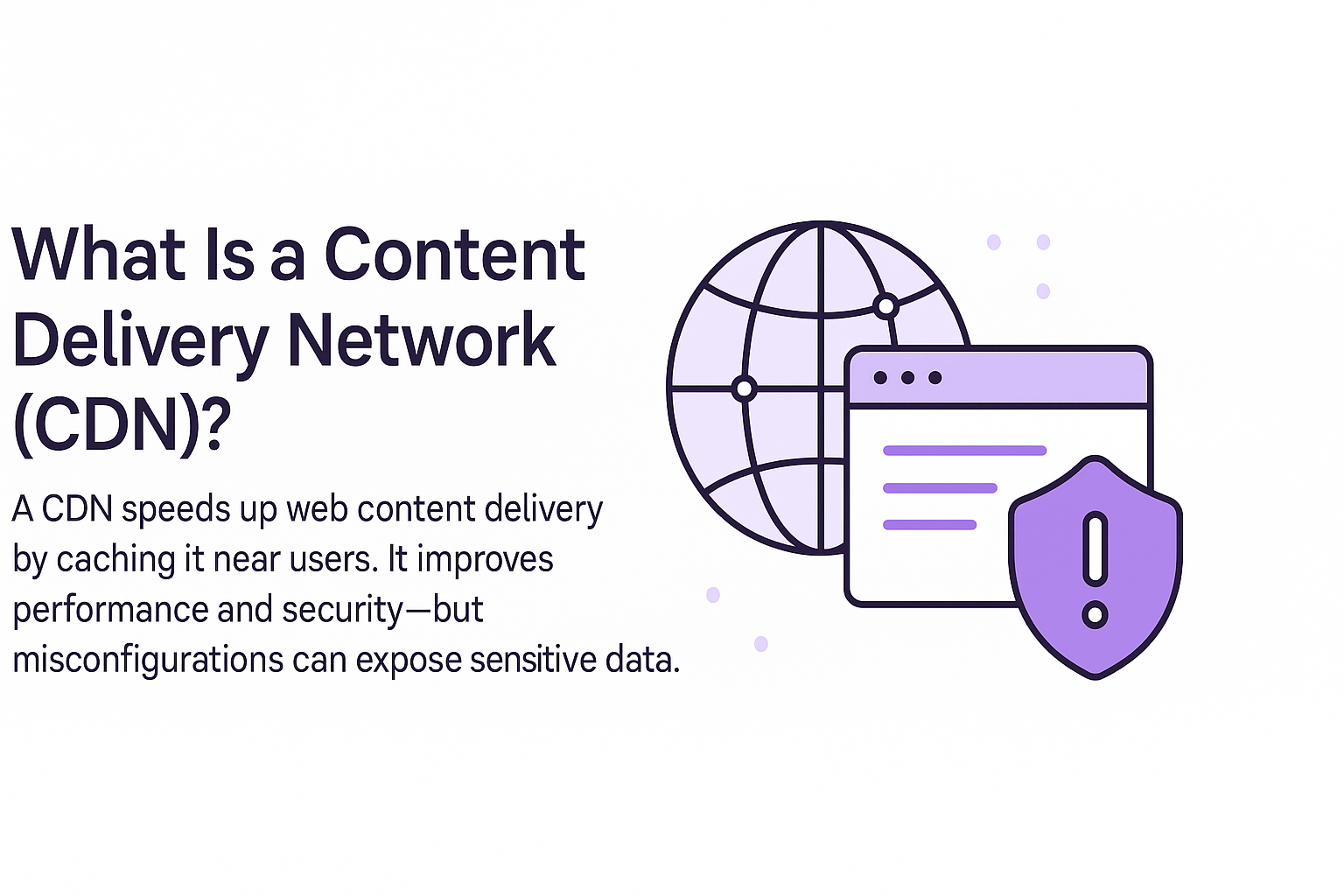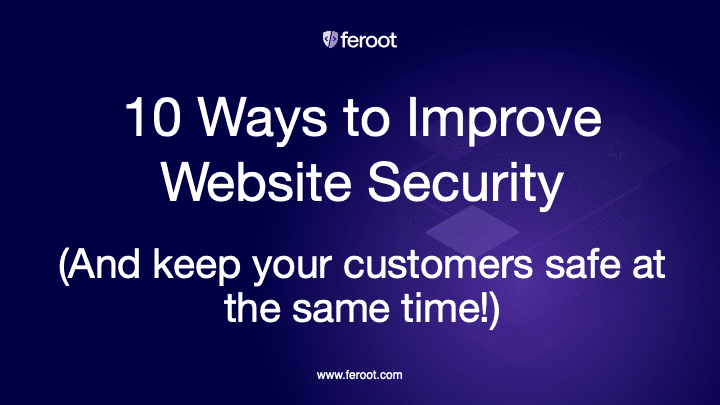Summary
- A Content Delivery Network (CDN) is a geographically distributed system of servers that delivers web content faster by caching it close to users.
- CDNs improve performance, reduce latency, and protect against downtime or DDoS attacks.
- Common Content Delivery Network (CDN) use cases include serving static files (JavaScript, CSS, images) and handling high-traffic spikes.
- Misconfigured CDNs can expose sensitive data and introduce compliance risks.
- Websites subject to HIPAA or PCI DSS must configure CDNs carefully to avoid data leakage and third-party violations.

What Is a Content Delivery Network (CDN)?
A Content Delivery Network (CDN) is a network of globally distributed servers designed to accelerate web content delivery by caching content closer to the end user. Instead of serving all users from a single origin server, a CDN offloads content to “edge nodes” across multiple regions.
When someone visits your website, the Content Delivery Network (CDN) determines the nearest edge server to that user and serves cached content from that location—dramatically reducing page load times, bandwidth usage, and server load.
CDNs are commonly used for:
- Websites and eCommerce platforms
- Video streaming services
- SaaS apps and APIs
- Mobile apps
- Web security and traffic routing
How Does a Content Delivery Network (CDN) Work?
Here’s a simplified flow:
- A user makes a request to your website (e.g., homepage, checkout page).
- The CDN routes the request to the closest edge server.
- If the content is already cached, it’s delivered instantly.
- If not, the CDN fetches it from your origin server, then caches it for future requests.
- Optional: The CDN can also apply security filters, rate limits, and access controls.
CDNs like Cloudflare, Akamai, Amazon CloudFront, and Fastly dominate the market, offering additional services like TLS termination, bot mitigation, and DDoS protection.
What Are the Benefits of Using a Content Delivery Network (CDN)?
Organizations use CDNs to:
- Improve page load speed and time-to-first-byte (TTFB)
- Reduce origin server load and backend strain
- Increase scalability during traffic surges
- Enhance reliability with failover and caching
- Protect against attacks, such as DDoS and brute-force requests
From a user experience and SEO perspective, a CDN is often a must-have for performance and uptime.
Do CDNs Introduce Security or Compliance Risks?
Yes. While CDNs offer massive performance and security benefits, they can also introduce regulatory exposure—especially when used to serve or cache content in healthcare or payments.
HIPAA Risks:
- If PHI (Protected Health Information) is served or cached by a CDN (e.g., HTML, cookies, logs), it may trigger HIPAA violations.
- Any CDN handling PHI must sign a Business Associate Agreement (BAA).
- Third-party JavaScript hosted on CDNs can expose sensitive data if not controlled.
PCI DSS Risks:
- JavaScript or other assets served from a CDN on payment pages may be in scope under PCI DSS 4.0 Requirement 6.4.3 (script inventory) and Requirement 11.6.1 (change detection).
- If a CDN-served script changes without detection, it could introduce card skimming or shadow code.
Misconfigured CDNs can turn into attack surfaces. Organizations should control what content is cached and what scripts are injected.
FAQ
Can a CDN be a HIPAA business associate?
Yes—if it processes or caches any PHI, you must have a BAA in place with the provider.
Do CDNs make a website PCI DSS compliant?
No. CDNs don’t remove PCI DSS obligations. You still need to monitor scripts they deliver if used on any page collecting payment information.
How do I prevent compliance issues with CDNs?
To maintain regulatory compliance when using a CDN, avoid caching any content that contains PHI or other sensitive data. Apply Cache-Control: no-store headers to dynamic or protected content to prevent edge caching.
Conclusion
A Content Delivery Network (CDN) is an essential tool for optimizing web performance, scalability, and resilience—but in healthcare and finance, it comes with added responsibility.
To use CDNs safely and compliantly, organizations should:
- Understand what data the CDN caches, serves, or logs
- Avoid exposing PHI or cardholder data at the edge
- Monitor CDN-hosted scripts—especially on regulated web pages
- Sign BAAs or obtain PCI AOCs as appropriate
- Use modern client-side security controls to detect unauthorized script changes
When configured properly, a CDN is an asset. When overlooked, it becomes a silent risk.


